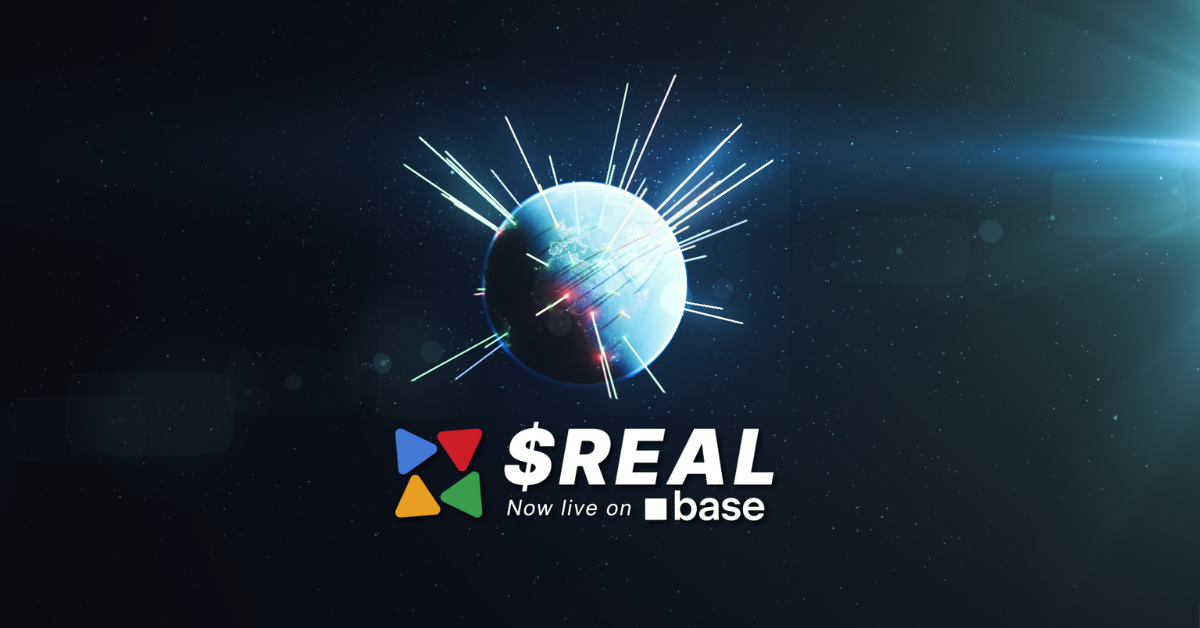Differences in Lending Pools
These lending pools come in various forms, each with unique characteristics that are tailored to the goals of that specific lending pool. The main distinguishing factors for different types of lending pools are as follows:
Interest rate models:
Fundamental in shaping the borrowing and lending dynamics within DeFi lending pools. Understanding these models is crucial for participants to navigate the lending landscape effectively:
- Fixed-rate pools: In fixed-rate pools, the interest rate for loans remains constant over a defined period. This stability provides borrowers with predictability in their loan terms, making it easier to plan for repayments. However, lenders in fixed-rate pools may not benefit from interest rate adjustments that reflect market conditions.
- Variable-rate pools: In variable-rate pools, however, interest rates dynamically adjust based on supply and demand dynamics and other market factors. While this flexibility can potentially result in higher returns for lenders during periods of high demand, borrowers may face uncertainty as interest rates fluctuate over time.
Loan duration:
Loan duration is a critical factor that impacts both borrowers and lenders within DeFi lending pools:
- Fixed time period: Some lending pools offer loans with specific maturity dates, creating a defined timeline for borrowers to repay their loans. This structure provides borrowers with a clear repayment schedule and may appeal to those seeking short-term financing for specific purposes. Lenders in fixed-time period pools can anticipate when their capital will be repaid.
- Continuous basis: Other lending pools operate continuously, allowing participants to enter and exit the pool at their discretion. These pools provide borrowers with flexibility, as they can choose when to repay their loans. However, lenders in continuous pools may face more uncertainty regarding when their capital will be returned, as repayments are not tied to predetermined maturity dates.
Risk profiles:
The risk profile of a lending pool is a crucial consideration for both borrowers and lenders:
- Collateral requirements: Lending pools can vary in their collateral requirements, which impact the level of risk associated with borrowing and lending. Pools that demand higher collateral ratios provide lenders with increased security but may limit borrowing capacity for borrowers. Conversely, pools with lower collateral ratios offer borrowers more flexibility but expose lenders to higher risks in the event of defaults.
- Accepted collateral: The types of assets accepted as collateral within a lending pool can significantly influence its risk profile. Pools that accept a wide range of collateral assets may provide borrowers with more choices but could expose lenders to diverse market risks. In contrast, pools focused on a specific type of collateral aim to reduce risk by specializing in a particular asset class.
Asset diversification:
Lending pools' approach to asset diversification plays a pivotal role in managing risk:
- Balanced pools: Some lending pools distribute funds across various assets, aiming to minimize risk through diversification. These balanced pools spread capital across multiple assets to reduce the impact of poor performance in any single asset. Lenders in balanced pools may enjoy more stability, but the potential for high returns can be limited.
- Specialized pools: Specialised lending pools focus on specific asset types or niches within the DeFi ecosystem. While these pools may offer borrowers and lenders exposure to unique opportunities, they are inherently more concentrated and may carry higher risks associated with the chosen asset class.
Final Thoughts
DeFi lending pools provide borrowers with flexible financing options and lenders with opportunities to earn yield, all while leveraging real-world assets as collateral. The ability to customize lending parameters, engage stakeholders through governance tools, and optimize asset management makes these pools a powerful tool in decentralized finance.
Updated on 13/03/2025: This article has been revised to reflect the latest product information.







